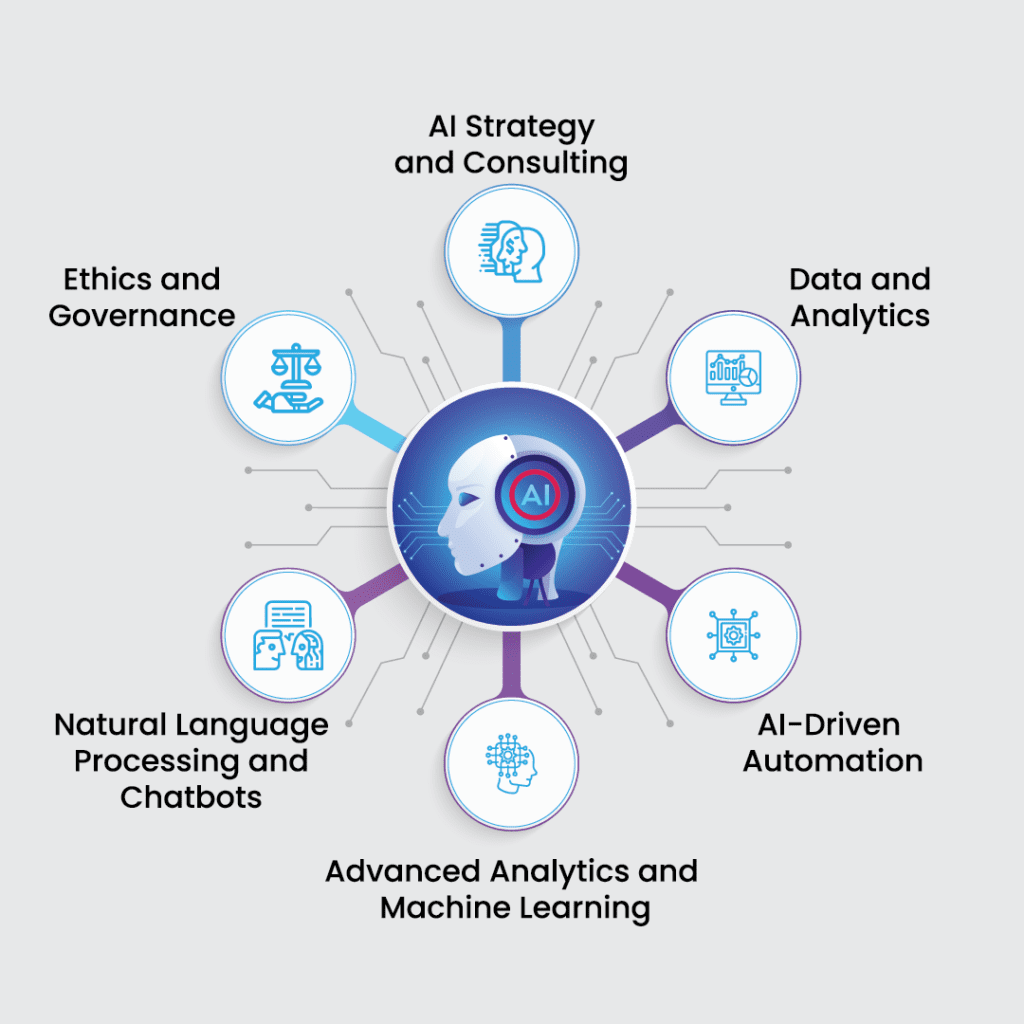Introduction to Käätjä:
Käätjä is a term that may seem unfamiliar to many, but it plays an important role in specific contexts. It is often associated with technology, culture, or languages, depending on the environment it is used in. Understanding the concept of käätjä and its applications can help individuals and businesses make informed decisions, especially in industries where this term is prevalent.
In this article, we will explore what käätjä means, its relevance in different sectors, and why it is important to be aware of its implications. Whether you are new to this concept or want to know more about it, this guide will break down the essential information.
What Does Käätjä Mean?
Käätjä is a word with roots in certain languages, particularly in Finnish. In its most basic sense, the term can be translated to mean “translator” or “converter.” It refers to something or someone that transforms one thing into another. For example, in the context of language, a käätjä would be a translator who converts text or speech from one language to another.
In the digital or technological world, käätjä might refer to software or tools designed to convert data from one format to another. It is widely used in industries that require translation or conversion processes, such as translation services, data processing, or even machine learning.
Key Features of Käätjä:

- Language Translation: Converts text or speech from one language to another, enabling clear communication between speakers of different languages.
- Data Conversion: Transforms data from one format to another, ensuring compatibility between different software systems and improving data management.
- Localization: Adapts content to fit the cultural and linguistic preferences of specific audiences, making it relevant and engaging for local markets.
- Machine Translation: Utilizes advanced algorithms and AI to provide automated translation services, streamlining the translation process and reducing manual effort.
- Cultural Adaptation: Ensures that translated content maintains cultural relevance, avoiding misunderstandings and ensuring the message resonates with the target audience.
- Multilingual Support: Handles multiple languages, making it suitable for businesses and organizations operating in diverse linguistic environments.
- Enhanced Communication: Improves communication in global contexts by providing accurate translations and conversions, facilitating better interactions between individuals and businesses.
- Integration with Technology: Works with various software and platforms to ensure seamless data and content transfer, enhancing operational efficiency.
- Professional Expertise: Combines human knowledge with technology to deliver high-quality translations and conversions, maintaining accuracy and context.
Scalability: Adapts to different scales of operation, from small businesses to large enterprises, meeting the needs of various industries and applications.
Käätjä in Language Translation:
In the world of language services, käätjä refers to a translator. Professional translators are vital for businesses, governments, and organizations that operate in a global context. A translator, or käätjä, helps break language barriers by converting written text or spoken words from one language to another. This ensures clear communication between individuals or groups who speak different languages.
With the rise of globalization, the demand for käätjä services has grown significantly. Businesses that want to expand internationally must adapt their content for local audiences, and this is where professional translators come in. Whether translating websites, documents, or advertisements, a good käätjä ensures that the meaning remains accurate across languages.
Also read: Junjufemale – Eco-Friendly Clothing That Redefines Style!
Käätjä in Education
Käätjä services are also vital in the education sector. Schools, universities, and educational institutions that offer courses to international students need to provide translated materials.
Additionally, educators who work with non-native speakers may require käätjä services to ensure that students can fully grasp the content being taught.
Facilitating Learning for Non-Native Speakers
In classrooms where students come from diverse linguistic backgrounds, teachers may need to provide translated learning materials. This helps non-native speakers understand the lessons and participate in classroom activities.
With the help of a käätjä, educators can bridge the language gap and ensure that every student has access to the same learning opportunities.
Online Courses and Global Education
With the rise of online education, käätjä services have become even more important. Online platforms that offer courses to students around the world must ensure that their content is accessible in multiple languages.
By providing translated versions of their courses, these platforms can reach a wider audience and provide a better learning experience for students who speak different languages.
AI and Automation in Käätjä Services:

While human translators will always play an important role, advancements in AI are likely to improve machine translation capabilities. AI-driven käätjä tools are becoming more sophisticated, and in the future, they may be able to handle more complex translations with greater accuracy
However, despite the advancements in technology, human expertise will continue to be invaluable in ensuring that translations are accurate, contextually relevant, and culturally appropriate.
Understanding Käätjä’s SEO Potential:
Käätjä is [provide a definition or brief description]. Its distinct characteristics and niche appeal make it an excellent candidate for targeted SEO strategies. By leveraging Käätjä, businesses and content creators can improve visibility and attract a more engaged audience.
Keyword Research and Optimization:
Conduct Comprehensive Keyword Research
Start by identifying relevant keywords related to Käätjä. Use tools like Google Keyword Planner, Ahrefs, or SEMrush to find terms and phrases that potential users might search for. Focus on both primary and secondary keywords that align with Käätjä’s context and audience interests.
Optimize On-Page Elements
Incorporate Käätjä-related keywords into key on-page elements:
- Title Tags: Include Käätjä in the title tag to enhance relevance.
- Meta Descriptions: Craft compelling meta descriptions with Käätjä keywords to improve click-through rates.
- Headings: Use Käätjä in headings (H1, H2, H3) to structure content and highlight important sections.
- Body Content: Naturally integrate Käätjä into the content, ensuring it flows seamlessly and adds value.
Also read: 7026140238 – Maximize Productivity and Save Costs!
Practical Advantages of Embracing Käätjä:
Key Practical Advantages
- Enhanced Efficiency: One of the primary benefits of embracing Käätjä is increased efficiency. By integrating Käätjä into processes or systems, organizations and individuals can streamline operations, reduce time spent on repetitive tasks, and optimize overall workflows. This leads to faster completion of projects and improved productivity.
- Improved Quality: Käätjä’s adoption often results in enhanced quality. Whether it’s in product development, service delivery, or content creation, Käätjä can contribute to higher standards and better outcomes. This improvement in quality can lead to increased customer satisfaction and a stronger reputation.
- Cost Savings: Implementing Käätjä can lead to substantial cost savings. By optimizing processes and reducing inefficiencies, organizations can lower operational costs. Additionally, Käätjä can help in resource management, minimizing waste, and maximizing the use of available assets.
- Increased Innovation: Embracing Käätjä fosters a culture of innovation. Its integration encourages the exploration of new ideas and solutions, leading to creative advancements and technological breakthroughs. This focus on innovation can give a competitive edge and drive long-term success.
- Better Decision-Making: Käätjä often provides valuable insights and data that can enhance decision-making. Access to accurate and timely information enables individuals and organizations to make informed choices, anticipate challenges, and seize opportunities effectively.
- Scalability and Flexibility: Käätjä offers scalability and flexibility, allowing systems or processes to adapt to changing needs and growing demands. This adaptability is crucial for businesses and individuals looking to expand or adjust their operations without significant disruptions.
- Enhanced Collaboration: By incorporating Käätjä, teams can benefit from improved collaboration tools and practices. Käätjä facilitates better communication, coordination, and information sharing among team members, leading to more cohesive and productive teamwork.
- Improved User Experience: For customer-facing applications or services, Käätjä can enhance user experience. Its features often lead to more intuitive, user-friendly interfaces and interactions, resulting in greater user satisfaction and engagement.
FAQ’S
1. What is käätjä?
Käätjä refers to something or someone that translates or converts one thing into another. In language, it means a translator. In technology, it refers to tools that convert data formats.
2. How does käätjä help in language translation?
Käätjä translates text or speech from one language to another. This helps people understand each other even if they speak different languages.
3. What role does käätjä play in data conversion?
Käätjä tools convert data from one format to another. This is useful for ensuring that data can be read by different software programs.
4. Why is localization important in käätjä services?
Localization adapts content to fit local cultures and languages. It makes sure that translated content is relevant and meaningful for the target audience.
5. How does machine translation use käätjä?
Machine translation uses käätjä technology to automatically translate text using algorithms and AI, making the process faster and less reliant on human translators.
6. What industries use käätjä services?
Käätjä services are used in many industries, including business, education, technology, and customer service, to help with translation and data conversion needs.
Conclusion
In conclusion, käätjä is a multifaceted term that encompasses various roles in language translation, data conversion, and business localization. Whether used in the context of technology or human services, käätjä plays a critical role in connecting people, businesses, and cultures across the world.



